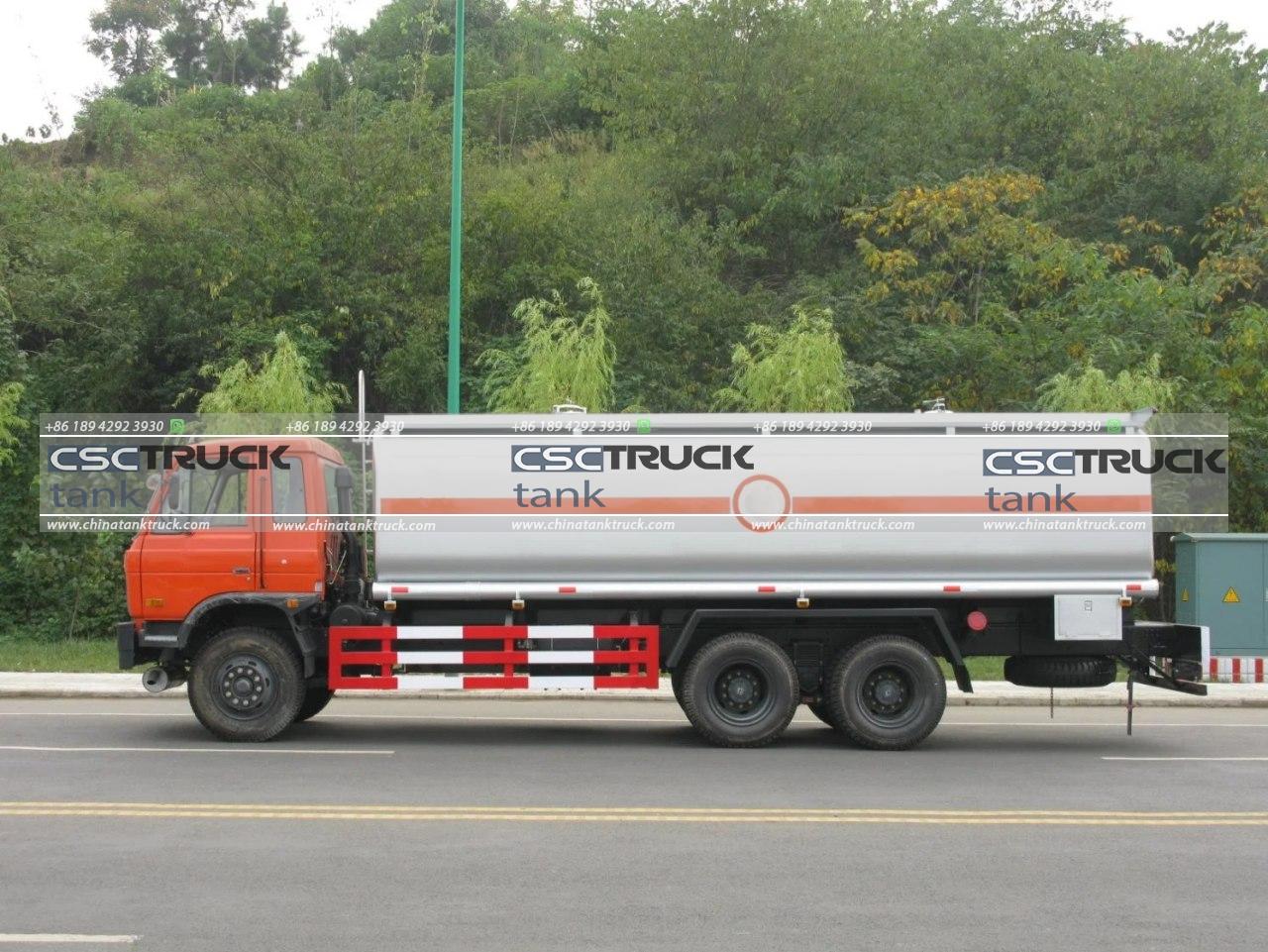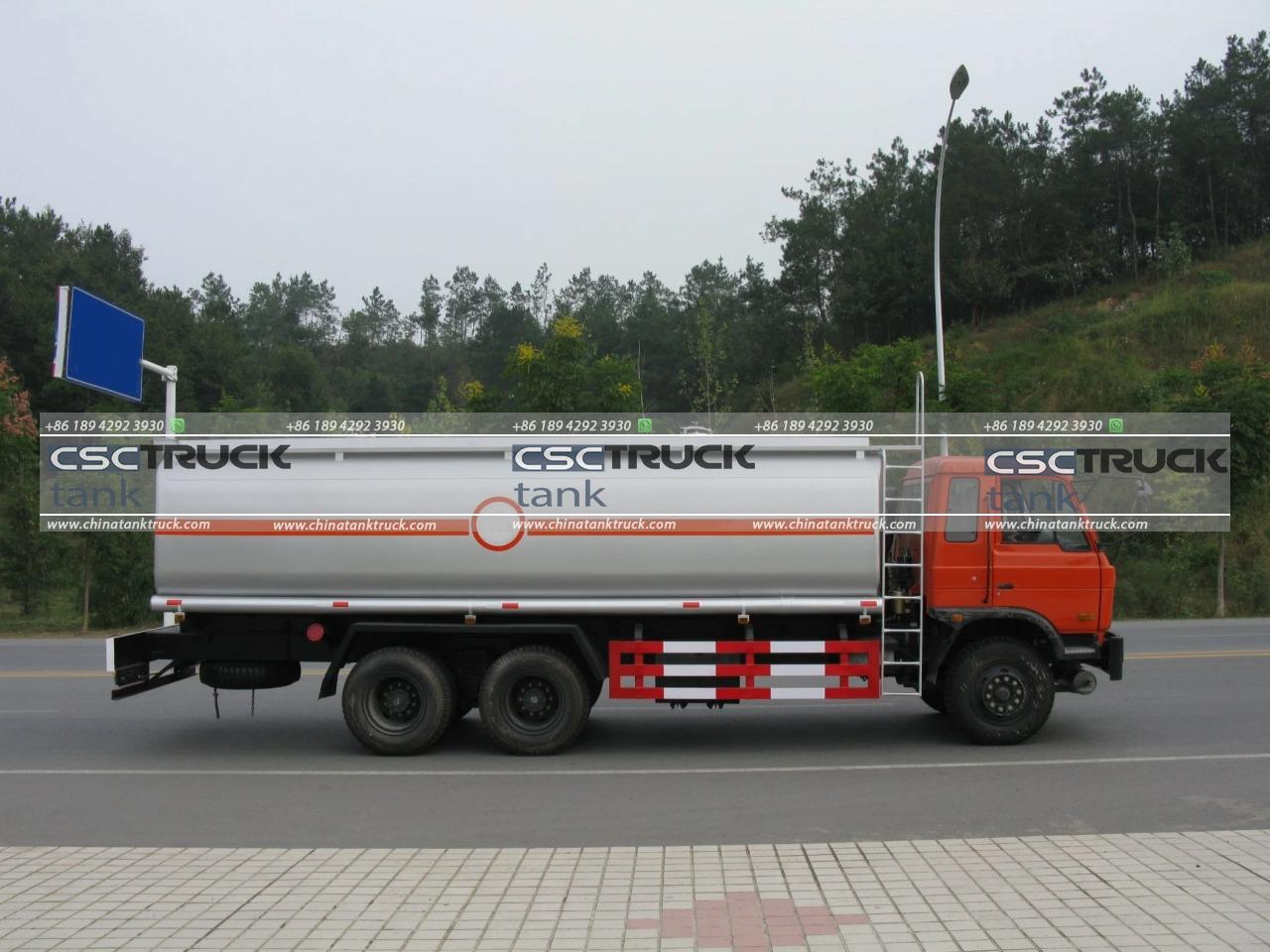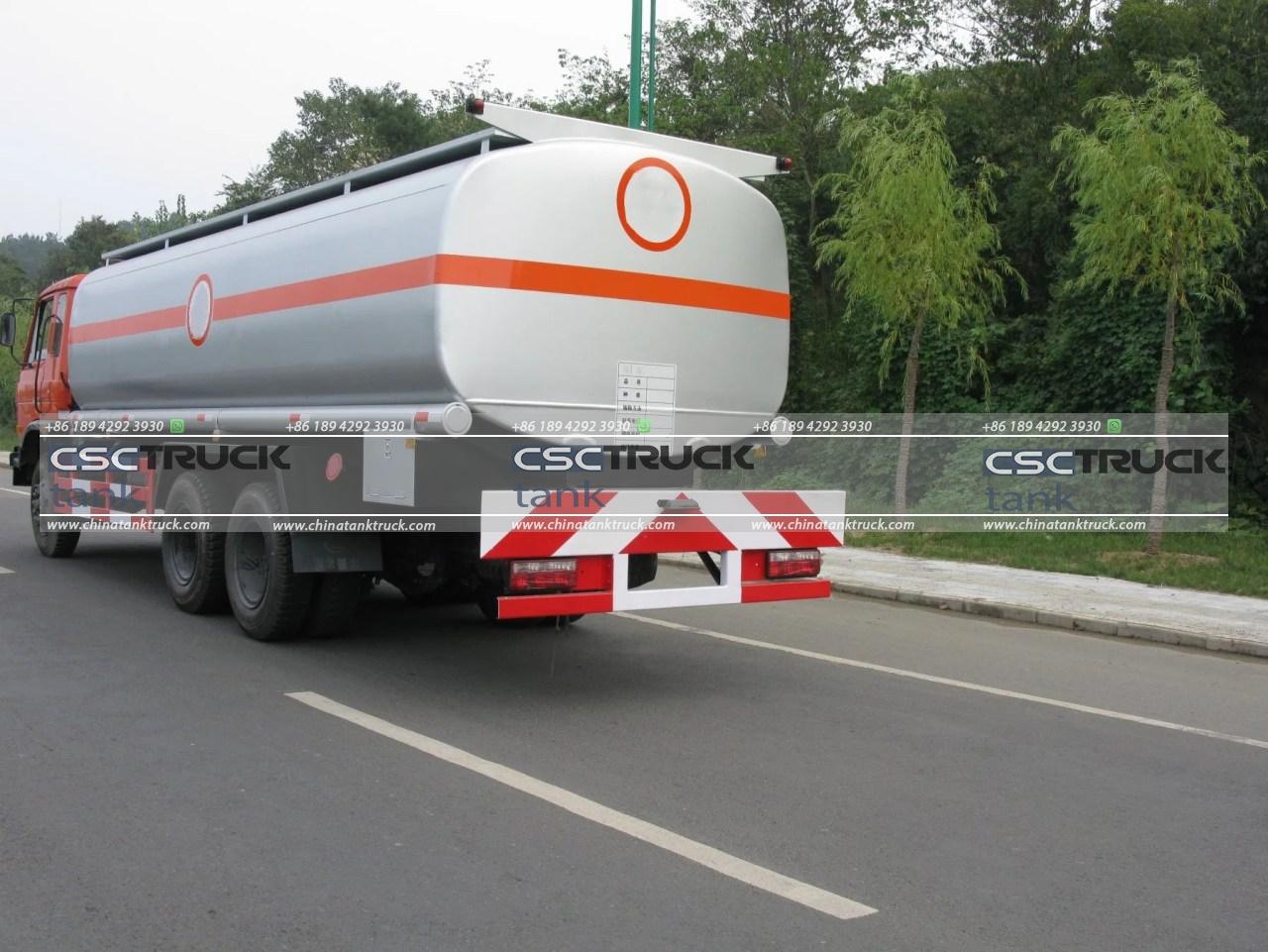What is the Fuel Capacity Tank? Understanding Fuel Capacity and Its Importance
When discussing any vehicle or machine that relies on fuel, one common question comes up: “What is the fuel capacity tank?” Understanding fuel capacity is crucial, as it not only determines how far a vehicle can travel before refueling but also affects fuel management strategies, costs, and overall efficiency. This article will dive deep into what a fuel capacity tank is, the factors that affect its size, how it differs across vehicles and industries, and why it matters for efficiency and cost management.
Defining the Fuel Capacity Tank
The fuel capacity tank, often referred to simply as the fuel tank, is a container in a vehicle or machine designed to hold liquid fuel that powers the engine. Fuel tanks are carefully engineered to meet the specific demands of a vehicle, and they play a key role in determining how long a vehicle can operate before needing to refuel. The tank’s capacity is measured in gallons or liters, and its size can vary greatly depending on the type of vehicle, its purpose, and even its design limitations.

How Fuel Capacity is Measured
The fuel capacity of a tank is usually measured in liters or gallons. Standard cars, for example, may have fuel tanks that hold anywhere from 10 to 20 gallons (37 to 75 liters), while heavy-duty trucks can have tanks that range from 100 to 300 gallons (379 to 1,135 liters) or more.
The size of the fuel tank is often specified by the manufacturer, and it is influenced by the vehicle’s design and intended range. Knowing the fuel capacity of a vehicle is important not only for planning trips but also for calculating fuel expenses and understanding how efficiently the vehicle uses fuel.
Types of Fuel Tanks and Their Capacities
The capacity of a fuel tank varies depending on the type of vehicle it is intended for. Here’s a breakdown of different vehicles and their typical fuel capacities:
1. Passenger Cars: Most modern passenger cars have a fuel tank capacity ranging from 12 to 20 gallons (45 to 75 liters). Smaller cars, such as compact or economy vehicles, usually have smaller tanks, while larger cars, such as SUVs or trucks, have bigger tanks. Manufacturers carefully balance tank size with vehicle weight, as a larger fuel tank can add unnecessary weight.
2. Motorcycles: Motorcycles generally have a much smaller fuel capacity, usually between 3 and 7 gallons (11 to 26 liters). This smaller capacity suits motorcycles, as they are designed for shorter distances and are typically more fuel-efficient.
3. Commercial Trucks: Heavy-duty trucks, like those used in logistics and construction, have significantly larger fuel tanks, often with a capacity of up to 300 gallons (1,135 liters) or more. Some trucks even have dual fuel tanks to allow for longer distances between refueling. This is critical for long-haul drivers who travel vast distances without the convenience of frequent refueling stops.
4. Buses: Buses, which are designed to carry large groups of people over long distances, have fuel tanks with capacities ranging from 60 to 100 gallons (227 to 379 liters). These larger tanks enable them to operate for longer periods, especially for routes with few refueling stations.
5. Boats and Watercraft: Marine vessels, such as fishing boats, yachts, and ferries, also have substantial fuel tanks, sometimes with capacities that exceed 1,000 gallons (3,785 liters) for long-range water travel.
6. Aircraft: Aircraft fuel tanks can be incredibly large, as they need to carry enough fuel for long-distance flights. For example, the Boeing 747 8, a long-range aircraft, has a fuel capacity of around 63,034 gallons (238,610 liters), allowing it to fly distances of up to 7,730 nautical miles without refueling.

Factors Influencing Fuel Tank Capacity
Several factors determine the capacity of a fuel tank, including vehicle size, weight considerations, intended use, and fuel efficiency goals.
1. Vehicle Size and Weight: The size of the vehicle directly influences its fuel tank size. A larger vehicle generally requires a larger tank to support its greater fuel consumption needs. Additionally, a larger fuel tank adds weight, which impacts the vehicle’s efficiency. Engineers must carefully design tanks to balance fuel capacity with overall weight considerations.
2. Intended Use and Range: The purpose and intended range of the vehicle affects its tank capacity. For example, cars meant for city driving typically have smaller tanks, as they don’t need to travel long distances on a single tank. In contrast, vehicles intended for long-distance travel, such as trucks and aircraft, are equipped with larger tanks to reduce the need for frequent refueling.
3. Fuel Efficiency: The fuel efficiency of a vehicle also plays a role in determining tank size. Vehicles with high fuel efficiency can operate with smaller tanks while still covering long distances. Conversely, less fuel-efficient vehicles require larger tanks to achieve similar distances.
4. Space Constraints: The design of the vehicle itself can impose constraints on the fuel tank size. In compact cars, for example, there is limited space, which restricts the maximum fuel tank capacity. In larger vehicles, like trucks, there is more room, allowing for larger tanks.
5. Safety Considerations: Fuel tanks must meet safety regulations, which can limit the maximum size of the tank. Manufacturers must ensure that tanks are built with materials that can withstand accidents and minimize the risk of leaks or explosions.
The Importance of Fuel Capacity in Different Industries
Fuel tank capacity has a significant impact across various industries, influencing both operational efficiency and cost. Here’s how fuel capacity affects a few key sectors:
1. Transportation and Logistics: In the logistics industry, especially for long-haul trucking, fuel capacity is essential. Larger tanks allow trucks to cover greater distances without stopping for refueling, leading to time savings and increased operational efficiency. Fuel management also plays a key role in logistics costs, as fuel accounts for a significant portion of expenses in this industry.
2. Agriculture: In agriculture, machinery such as tractors and combines are equipped with fuel tanks large enough to handle long hours of operation in the field. Stopping frequently to refuel would disrupt productivity, so larger fuel capacities are beneficial for agricultural efficiency.
3. Aviation: In aviation, fuel capacity is a critical factor for flight planning. Airlines must carefully calculate fuel needs based on flight distance, passenger load, weather conditions, and safety requirements. Larger fuel tanks provide more range and flexibility, though they come with trade-offs in terms of added weight.
4. Marine Industry: Marine vessels, especially those used for fishing or long-haul shipping, rely on large fuel tanks to travel extensive distances at sea. Refueling options are limited in marine settings, so fuel tank capacity becomes a crucial consideration for marine engineers and operators.

The Role of Fuel Capacity in Cost Management
Fuel tank capacity impacts costs in several ways. First, it influences how often a vehicle needs to be refueled, affecting labor costs, downtime, and logistics. Larger tanks often enable fewer stops, which can lead to better overall efficiency.
However, vehicles with larger fuel tanks are also typically more expensive to manufacture and operate. Large tanks require reinforced structural support, which adds to the vehicle’s weight and, consequently, its fuel consumption. This is why manufacturers must carefully consider tank size to balance cost and efficiency.
Conclusion
The fuel capacity tank is a fundamental component of any fuel-powered vehicle, directly affecting its range, efficiency, and operational costs. Understanding the factors that influence tank size, including vehicle type, intended use, and weight considerations, is crucial for selecting the right vehicle for specific applications. In industries such as transportation, logistics, agriculture, and aviation, fuel tank capacity is a key factor that influences cost management, productivity, and overall efficiency.
As the demand for sustainable and efficient transport continues to grow, the importance of optimizing fuel tank capacity in vehicle design becomes even more critical. Whether it’s a passenger car, a commercial truck, an agricultural machine, or an aircraft, the right fuel tank size can make a significant difference in fuel consumption, cost savings, and environmental impact.

